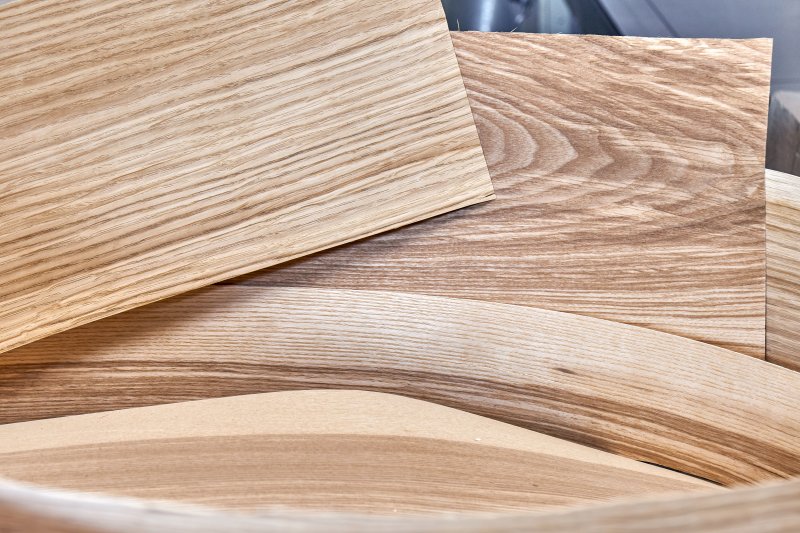Tips for Choosing the Best Plywood: How to Tell the Quality
Plywood is a material widely used in the construction and furniture industry, known for its durability and versatility. However, correctly evaluating its quality when purchasing plywood is critical for long-lasting and safe projects. Here are some important factors to consider to understand plywood quality:
1. Structural Properties
The first factor that determines the quality of plywood is its structural properties. In this context, the following elements should be considered:
- Number of Layers and Thickness: Plywood is produced by bonding multiple thin layers of wood together. Quality plywood has more layers and these layers are of equal thickness. As the number of layers increases, the durability and strength of the plywood also increases. Generally, there are at least 5 layers in a quality plywood.
- Wood Type: The type of wood used in plywood production is an important factor that determines the quality of the material. Plywood made from hardwoods (such as oak, walnut, maple) is generally more durable and has a longer lifespan. Additionally, choosing different types of wood for indoor use can increase the aesthetic appearance and durability of the plywood.
2. Surface and Edge Inspection
The surface and edge quality of plywood determines the overall appearance of the material. and affects its durability:
- Surface Coating: The surface coating of plywood directly affects the appearance and durability of the material. Quality plywood should have a smooth, smooth and crack-free surface. The coating material on the surface should be resistant to scratches and impacts. In addition, the coating material should be resistant to water and moisture.
- Edge Inspection: The edges of plywood provide important clues about the overall quality of the material. A smooth and even finish on the edges is an indication of a quality production process. It is also important to check that the layers are placed and bonded properly. Gaps or irregularities on the edges can be a sign of poor quality plywood.
3. Certificates and Suitability for the Application Area
Other elements to consider to understand the quality of plywood are certificates and the suitability of the material for its intended use:
- Standards and Certificates: Quality plywood usually has certain quality standards and certificates. These standards guarantee that the materials and methods used in the production process of plywood meet a certain level of quality. International certificates, in particular, verify the reliability and quality of plywood.
- Suitable for the Application Area: The quality of plywood may vary depending on the intended use. A plywood designed for indoor use may not be resistant to outdoor conditions. Therefore, it is important to determine the environment in which the plywood will be used and to choose a material suitable for this. Plywood that is resistant to water, moisture and UV rays should be preferred for outdoor use.
